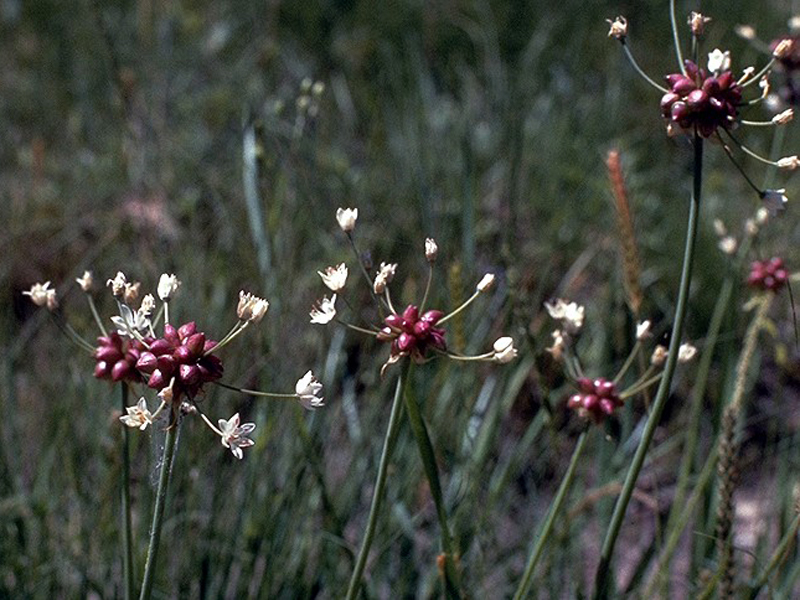Some people plant for hobby - for fun, for satisfaction and for beautification. Lots of people plant for profit or for business. But most of us plant ornamental plants for the mere purpose of beautifying our gardens – our surrounding. At this present economic situation of the world, we should be wise. Let’s grow beautiful ornamental plants that provide us beauty and at the same time provide us other economic importance like medicine, foods and other household uses.
1.) Common Chicory (Cichorium intybus)
Common Chicory of Europe and North America is a beautiful ornamental plant with blue, lavender, or occasionally white flowers. Other common names include Blue Sailors, Succory and Coffeeweed.
Important uses:
- Leaves and roots are baked, ground and used as a coffee substitute and additive
- Leaf and flower are use as treatment for everyday ailments.
- Use variously as a tonic and appetite stimulant
- Use as a treatment for gallstone, gastro-enteritis and sinus problems
- Use for cuts and bruises
- Leaves are eaten raw as a salad
- It is used to add color and zest to salads.
- Leaves may be served stuffed, baked, boiled, cut and cooked in a milk sauce
- The roots are baked, ground, and used as a coffee substitute and additive
- It is used as a sweetener in the food industry
- It is sometimes added to yogurts as a prebiotic.
- Some beer brewers use roasted chicory to add flavor to their stouts.
- Flowers used as a treatment for erectile dysfunction
- Chicory is use as purgatives for farm animals
2.) Cornflower (Centaurea cyanus)
Cornflower is also known for a variety of common names such as Bachelor's Button, Basket Flower, Bluebottle, Boutonniere Flower and Hurtsickle. This small annual flowering plant is endemic to Europe.
Important uses:
- Cornflower is grown as an ornamental plant in gardens.
- It is also grown for the cutflower industry in the U.S. for use by florists.
- It is also occasionally used as a culinary ornament.
- Cornflowers have been used and prized historically for their blue pigment.
- It is often used as an ingredient in some tea blends and herbal teas.
- A decoction of cornflower is effective in treating conjunctivitis and as a wash for tired eyes.
3.) Common Hollyhock (Alcea rosea)
The Common Hollyhock is a plant that bears beautiful flowers. This ornamental plant was imported into Europe from China in the 16th century.
Important uses:
- It is an emollient and laxative.
- It is used to control inflammation.
- It is also used to stop bedwetting
- It is also used as a mouthwash in cases of bleeding gums.
4.) Meadow Garlic (Allium canadense)
Meadow Garlic is a perennial plant endemic to North America with edible bulb and unique-looking flowers. The plant also has strong, onion-like odor. It is also known as Wild Onion, Tree Onion, Wild Garlic, and Canadian Garlic. Meadow garlic is edible.
Important uses:
- The juice of the Meadow Garlic is used as a moth repellent
- The whole plant is said to repel insects and moles.
- The plant can be rubbed on exposed parts of the body to protect them from the bites of scorpions and lizards.
5.) Granny's Nightcap (Aquilegia vulgaris)
Granny’ Nightcap is a plant with beautiful flowers. It is also commonly known as European Columbine. This species is endemic to Europe and can grow up to 1.2 meters in height.
Important uses:
- Dried crushed seeds, made into a dusting powder, will kill lice very effectively.
- It is recommended to ease the pains of childbirth. It is used to promote perspiration to help in childbirth
- It is used as an astringent and diuretic.
- It had been used in the past to cure diarrhea.
- It is also used to alleviate rheumatic pains.
Hope you enjoyed this. Thank you so much!
See also





No comments:
Post a Comment